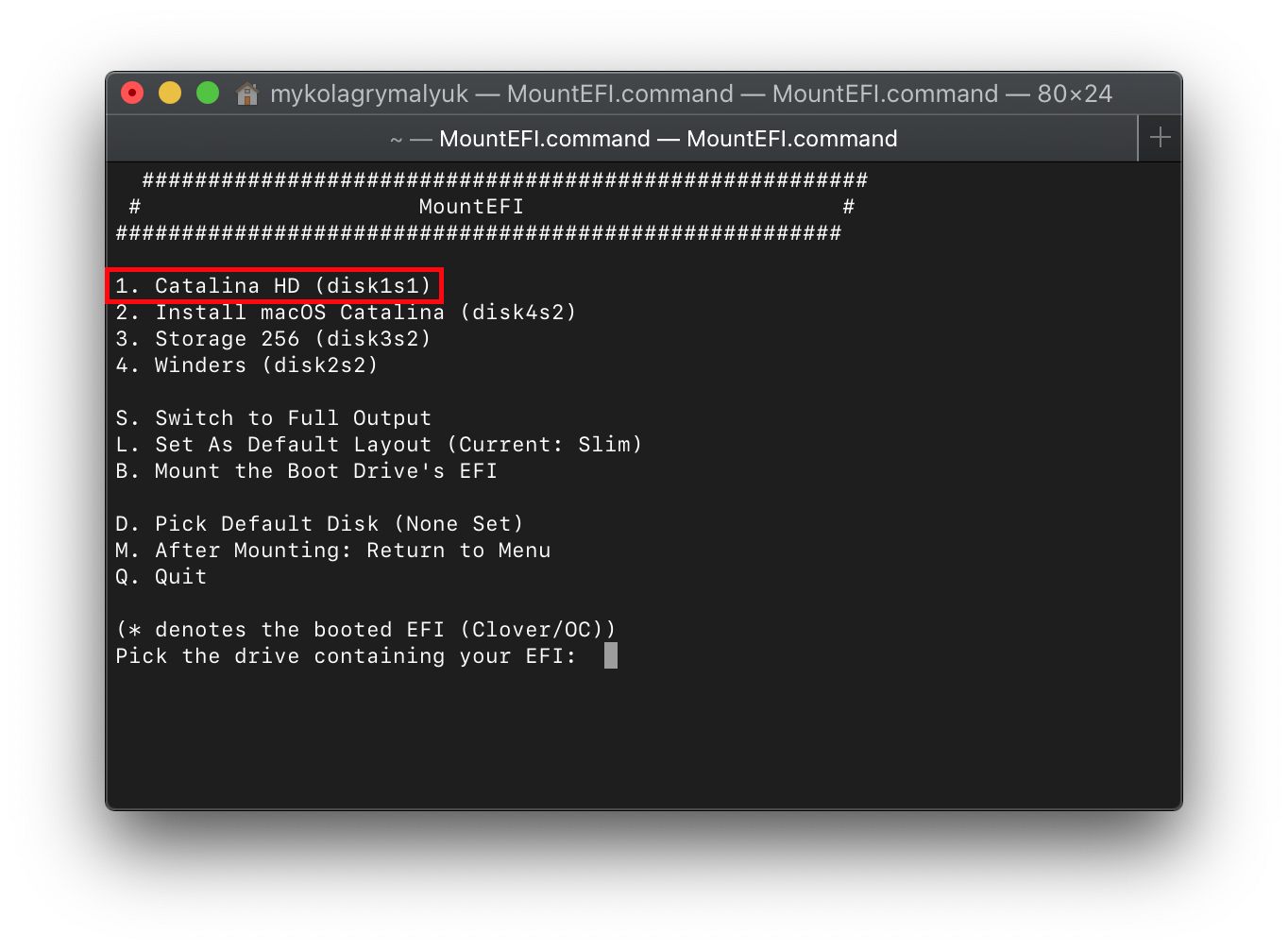

I have never used this option, so I can’t say much more than this. If you enable legacy boot, nothing should happen to the data on the disk, but you won’t be able to boot an EFI executable, and therefore it would be impossible for Windows to boot without being reinstalled in BIOS mode. This will make the computer try to boot using a MBR, like computers did before UEFI existed.

On the other hand, the option in your computer’s BIOS appears to not only disable secure boot, but also enable legacy boot mode. In the process, I have disabled and enabled secure boot multiple times without any problems.
UEFI DISK MAP WINDOWS 10
I have a Dell Inspiron i7559, which is likely fairly similar to your computer, and I have configured it to use secure boot with custom keys to dual boot Windows 10 and Linux. In my experience, nothing bad happens when you disable secure boot. So my question is, are there any gurus out there who have personal experience with turning UEF off so you can boot removable media? Is it safe to do? Are there any precautions I should be aware of? I don’t trust Microsoft. Having never dealt with UEFI Secure Boot before, I want to proceed very cautiously since it’s not my machine. When I press F2 on power-up to get into the BIOS, there is an option to “Change BOOT mode” to “Legacy Boot Mode, Secure Boot Off”… but when I select that I get an ominous warning that it might make the disk unreadable. This machine has “UEFI secure boot” enabled in the BIOS. In the past, I’ve used this technique successfully to make a hard disk usable long enough to recover files. If so, I would boot SeaGate’s SeaTools software, which on past occasions has successfully recovered seemingly unusable hard disks (by forcing the disk’s microcontroller to re-map bad sectors). If I had trouble accessing the disk, I would query the disk’s microcontroller with smartctl to find out if there’s a disk error causing the problem. Once the files were safely copied to external media, I’d try fixing the O/S, or, as a last resort, re-installing from the factory partition. I would simply boot Linux from a USB pen drive and copy the files to an external USB hard drive.
UEFI DISK MAP SERIES
*I am trying to recover files for a friend from a Dell Inspiron15 5000 Series laptop.


 0 kommentar(er)
0 kommentar(er)
